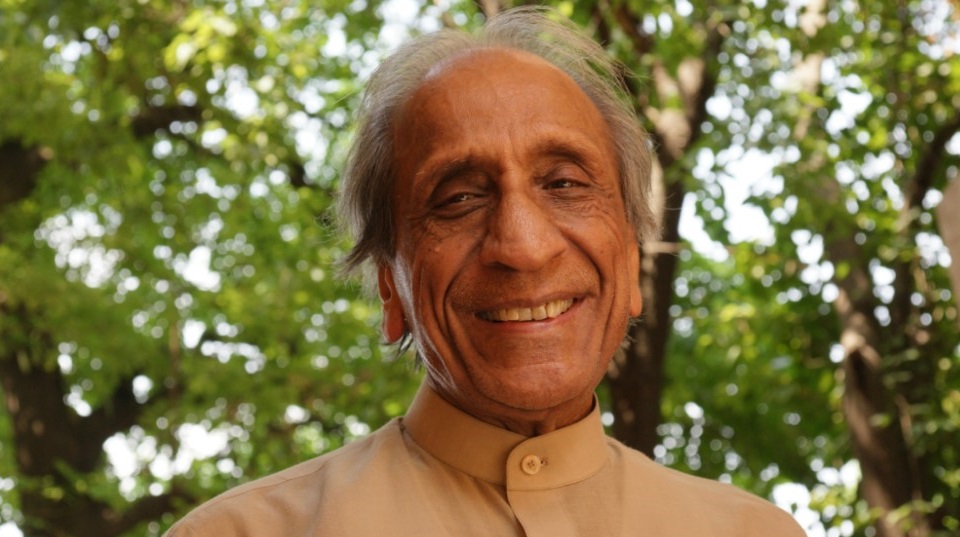Om Prakash Jain, born in 1929, is an Indian art curator, collector, patron, and philanthropist. He founded the Sanskriti Pratishthan (Sankriti Foundation) in 1979, widely regarded as one of the foremost organisations committed to cultural preservation and advancement of arts; as well as runs the Sanskriti Kendra Museums in Anandagram, Delhi. He was chairman of the Indian National Trust for Art and Cultural Heritage (INTACH) for 15 years, initiating various events and activities in Delhi. Jain is also a promoter of Neemrana Fort Palace Hotels.
Mr O P Jain has left an everlasting imprint on India’s cultural landscape with his significant donations to the arts. His lifetime commitment to cultivating artistic talent and upholding traditional art forms has enriched the country’s cultural legacy. Jain was awarded the Padma Shree in 2003 for his lifetime dedication to preserving and developing India’s cultural heritage. This article dives into Mr O P Jain’s remarkable journey, his relentless efforts to promote the arts, and the initiatives by Sanskriti Foundation that left a long-term impact.
Early Life and Inspiration
Mr O P Jain’s interest in the arts began in his formative years, inspired by India’s rich cultural tapestry. Jain was born and brought up in a business family in Old Delhi. His family had an office at Chawri Bazar. He joined the family paper-trading business early on without much formal education. It was a chance meeting with writer Mulk Raj Anand in the 1970s that inspired him to work for art and cultural heritage conservation. Seeing the decline of ancient art forms in modern times inspired his desire to safeguard and promote India’s artistic legacy.
Dissatisfied witnessing the loss of historic buildings and Zari sarees at Chawri Bazaar as a young businessman, he met with Dr Mulk Raj Anand and addressed the desecration. Dr Anand pushed Jain to act, saying it would be shameful to die as a shopkeeper after having such a sense of awareness. Mr Jain recalls the conversion vividly, “he provoked me, and I realised that even an individual can make a difference.” As a result, rather than depending on a privileged mentality, Mr O.P. Jain founded Sanskriti Pratisthan in 1979 to maintain and expand India’s aesthetic and cultural resources in everyday life. He spent many years collecting everyday functional objects made by artisans, like kitchen and household items. In 1984, he set up a small museum with his private collection in the basement of his Kinari Bazaar house in Chandni Chowk. Ten years later, the exhibition shifted to the Sanskriti Museum of Everyday Art at Anandagram – an artist village he established on the outskirts of Delhi. Subsequently, the Museum of Terracotta Art and Textile was also founded.
The Genesis of Sanskriti Foundation
The Sanskriti Foundation, founded by Mr O.P. Jain in the late 1970s, is dedicated to preserving traditional Indian arts and culture in an urbanised and digitally driven climate. Located in Anandagram, the foundation encourages intercultural dialogues and collaborations between local and international artists, showcasing the country’s craftspeople and indigenous arts through pottery and enamelling workshops. The Sanskriti International Residency in Delhi has hosted over 800 artists, poets, scholars, writers, craftspeople, and cultural activists at the Sanskriti Kendra.
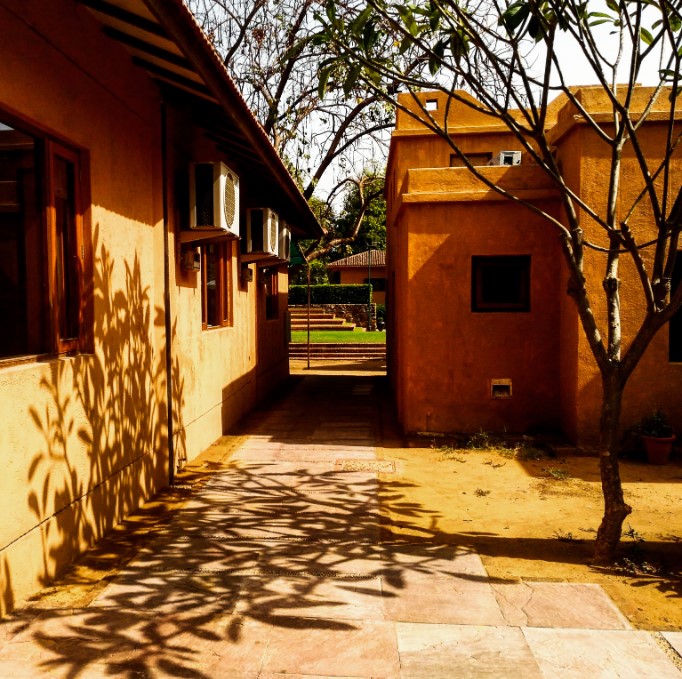
The foundation aims to promote research, understanding, and promotion of traditional Indian arts, foster conversation among emerging artists, writers, and social entrepreneurs, and establish connections between conventional and crafts artists, the contemporary art world, and the international art community. The residency model includes individual and group residencies, with notable artists like Sudarshan Shetty and writer Geeti Sen participating in the first residency in 1993-94. The Sanskriti Foundation truly nurtures the desire of Mr O.P. Jain to establish an organisation that would serve as a nourishing ground for artists of all disciplines.
Revival of Traditional Indian Arts
The Sanskriti Foundation aims to revive and nurture old Indian art forms on the verge of extinction. Mr Jain established programs to support artists in traditional dance, music, ceramics, and crafts, offering workshops, lectures, and performances. These efforts have revived many perishing art forms, conserving cultural legacy for future generations.
A few years earlier, the foundation had showcased new artefacts and reserve collections to mark 35 years of its creative journey. The exhibition showcased rare leather puppets from various shadow puppet traditions in Andhra Pradesh, Karnataka, Kerala, and Indonesia, as well as Jain Temple paintings and Indian terracotta. The exhibition also featured 15 panels of temple hangings, votive figures from Central and South Gujarat, Manasa Jhar, and long-necked terracotta from Bankura, West Bengal. The display also viewed delicate fabrics from Indonesia, including ikat. O.P. Jain has collected thousands of everyday objects from various traditional art forms. His home is a connoisseur’s delight, with every piece telling its tale.
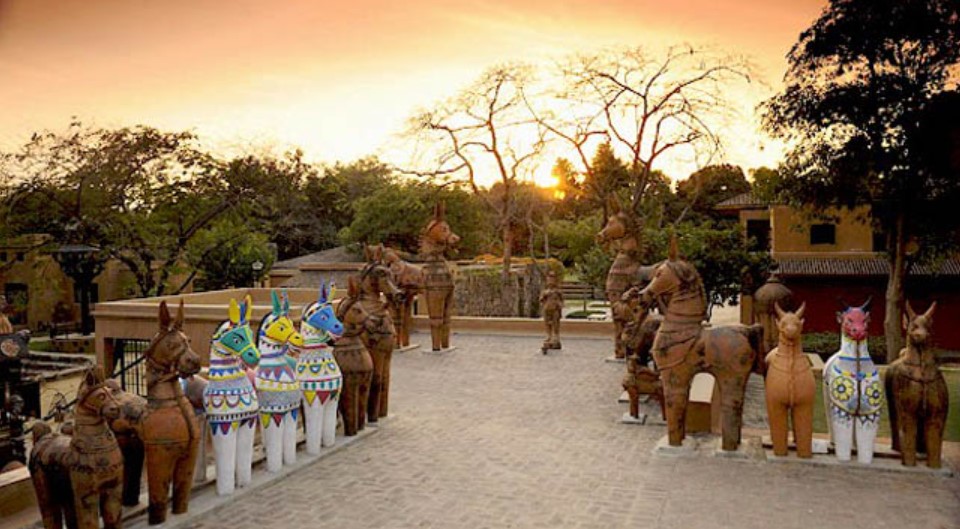
Promoting Contemporary Art
Mr O.P. Jain is optimistic about India’s cultural renaissance, stating that the youth are conscious of their heritage and questioning the mores of life. He believed that modern and classical arts are thriving and will go together. Sanskriti Foundation’s fellowships and artist residency programs aim to nurture new talents and preserve the rich artistic heritage. The foundation has fostered emerging contemporary artists through initiatives like exhibits, companies, and residencies, promoting creativity and experimentation in the Indian art scene.
The foundation also established the Sanskriti Awards in ’79, recognising talented individuals aged 20-35 in literature, arts, music-dance-theatre, journalism, and social-cultural achievements. While discussing the precise age limit for the awards, Mr O.P. Jain said, “We want to reward the quest for excellence, not necessarily the achievement of it.” The Sanskriti awards are presented only once, and once a person has won, they are ineligible for the prize again, making it a coveted and once-in-a-lifetime achievement.
The Kendra provides a working space for individuals engaged in a sustained creative endeavour. They are provided studios, workshops, a library, and basic lodging and boarding facilities. It also has facilities for conducting conferences and seminars and has an open-air auditorium. Organisations like Sanskriti aim to make culture and art more accessible by encouraging its application and celebrating its engagement.
Educational Initiatives
Mr Jain established various educational programmes through the Sanskriti Foundation to nurture future generations of artists and art enthusiasts. Scholarships, fellowships, and art residencies were awarded to fresh talent to allow them to polish their abilities and acquire exposure to various creative practices. These initiatives aided individual artists and the general expansion of the Indian art ecosystem.
Mr O P Jain was a staunch believer in the ability of cultural exchanges to create mutual understanding and respect across nations. He developed exchange programmes with international art institutes through the Sanskriti Foundation, inviting artists from other nations to India and sending Indian artists abroad. These interactions boosted India’s artistic diversity worldwide by facilitating cultural discourse and broadening artistic perspectives.
Sanskriti Museums
Anandagram, located on the Gurgaon-Mehrauli Road, is home to the Sanskriti Kendra, a museum complex created in 1990 by Mr O.P. Jain to preserve indigenous heritage and culture. The complex includes the Museum of Everyday Art, the Museum of Indian Terracotta, and the Museum of Textiles. The complex is housed in a beautiful farmhouse and features functional workshops, a live art studio, and the residence of artisans. The site also features a library, a theatre, art galleries, and studios for children and adults to participate in art activities.
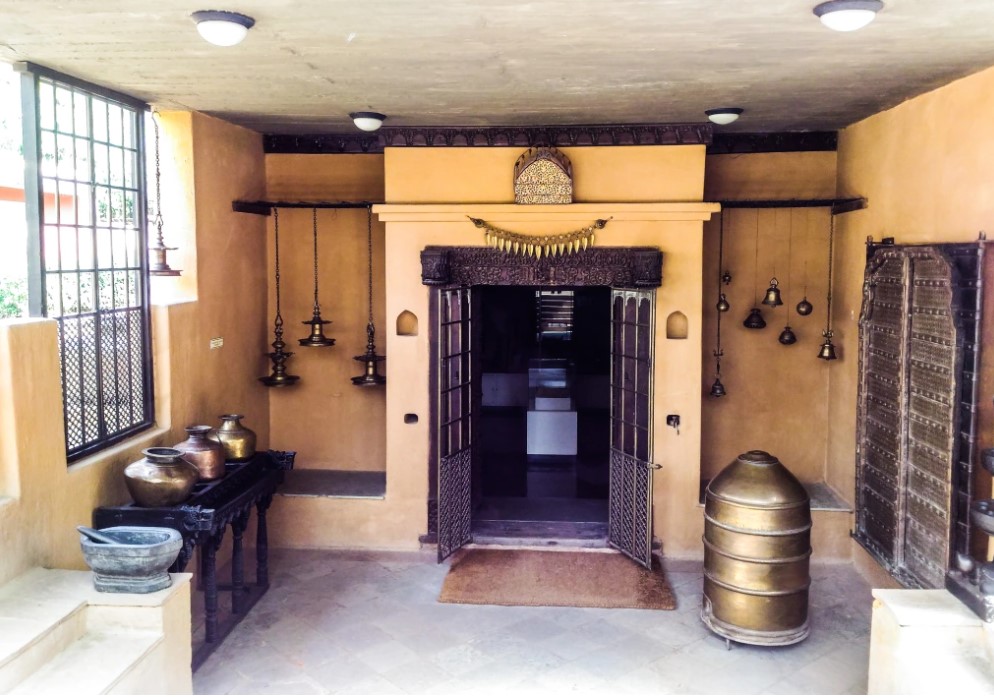
The Museum of Everyday Art, established in 1984, showcases everyday objects, handcrafted products, and terracotta sculptures and figurines like nutcrackers, shrines, spoons, cups, plates, and knives, all turned into works of art by different craftsmen. The Museum of Indian Terracotta, dedicated to terracotta art, showcases objects from rural and urban India, depicting the cycle of life. It showcases nearly 1,500 artefacts from various tribal communities of India in its open gallery. The Museum of Indian Textiles, which combine modern and traditional art while maintaining indigenous culture, craftsmanship, and cultural practices, initially exhibited a personal collection of founder Mr O.P. Jain. Shri Jyotindra Jain later curated it. The museum focuses on the quality of the content curated for research and study rather than an exhaustive assemblage. The Sanskriti Museums were established as repositories for Indian art and tradition, displaying an extensive collection of paintings, sculptures, textiles, and crafts. The museum aimed to create an environment where people from all walks of life could immerse themselves in India’s aesthetic magnificence while gaining a deeper appreciation for the country’s rich cultural heritage.
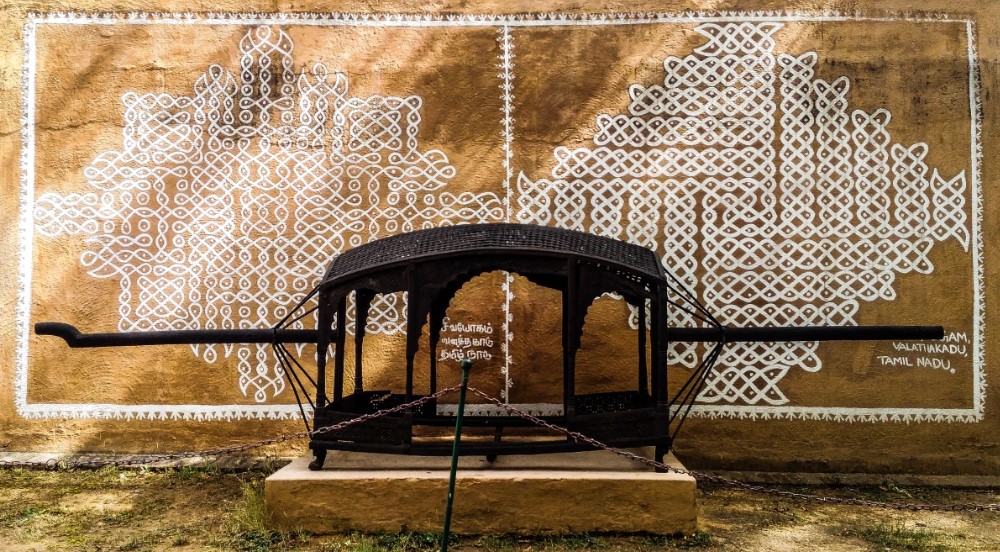
Impactful Legacy
Mr O P Jain’s funding of the arts and his institutional establishments through the Sanskriti Foundation have had a substantial and long-lasting impact on India’s creative scene. Countless artists, craftspeople, and entertainers have found a creative home inside the foundation’s nurturing embrace. Many traditional art forms have seen renaissances, and modern Indian art has gained international attention.
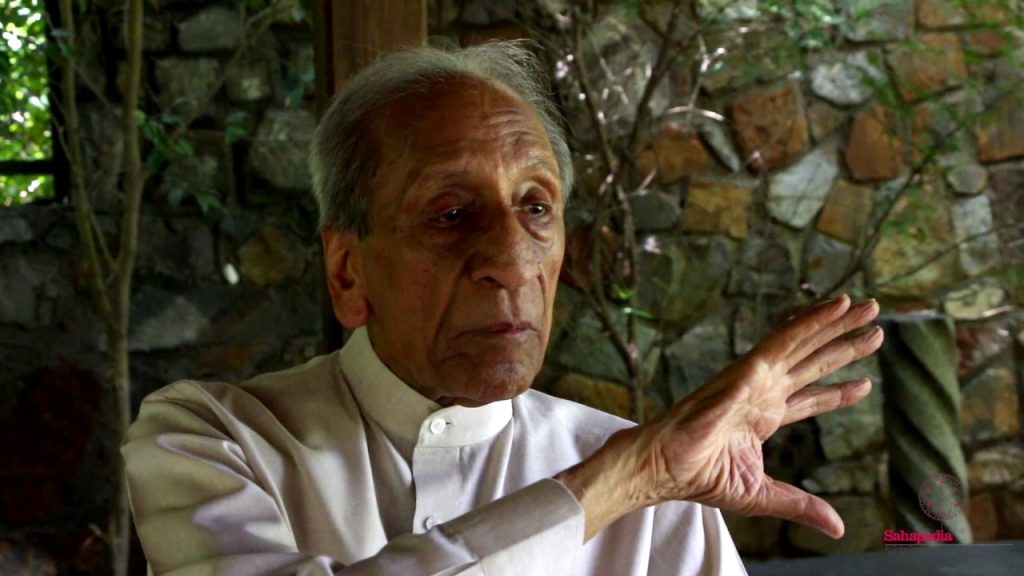
The Sanskriti Foundation exemplifies Mr. Jain’s continued commitment to preserving India’s cultural legacy and supporting artistic expression. It is still a beacon of hope for young artists and a driving force for cultural enrichment in India and throughout the world. Mr. O.P. Jain has carved out a distinct niche in India’s cultural scene. The government often contacts him about preservation and conservation concerns.
Conclusion
Mr O P Jain’s unrelenting commitment to the arts and pioneering efforts to found the Sanskriti Foundation have indelibly impacted India’s cultural scene. He revitalised disappearing art forms, promoted contemporary art, enabled cross-cultural encounters, and offered a supportive environment for artists to flourish. His legacy lives on through the innumerable people he inspired and the Sanskriti Foundation’s continuing contribution to conserving India’s creative history. Mr O P Jain’s outstanding contributions to the realm of arts and culture will be remembered by the artistic community and the nation at large.
References
- “Two progressive spaces in Delhi quietly shaping the country’s performing arts scene”, 7th August 2018, Verve Magazine: Click Here
- Monidipa Bose, 15th February 2018, “Sanskriti Kendra – a hidden gem in Delhi”, Moni Gatha: Click Here
- Samyukta Bhowmik, 14th June 2013, “From margin to mainstream”, Business Standard: Click Here
- Evoking the past: an exhibition of new acquisitions to mark 35 years of Sanskriti Foundation”, 1st November 2013, The Hindu: Click Here
- Belu Maheshwari, 5th November 2000, “Czar of Culture”, The Tribune: Click Here
- Sanskriti Foundation: Click Here
- Khoj Studios: Click Here
- Alchetron: Click Here
- Memories and such: Click Here

Contributor

